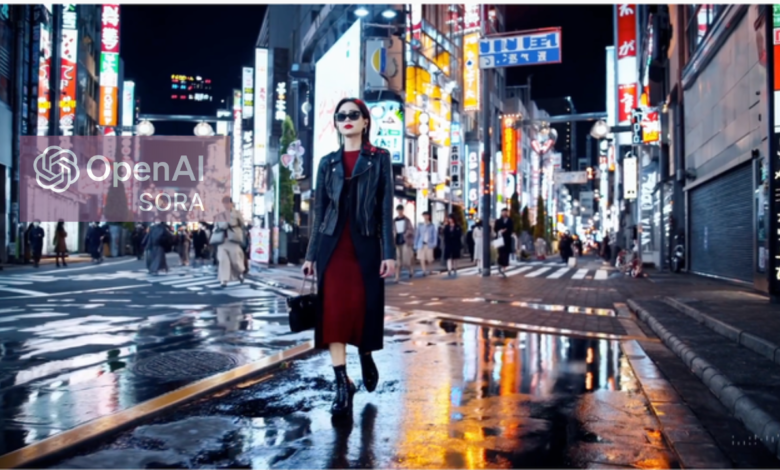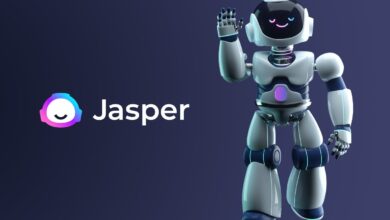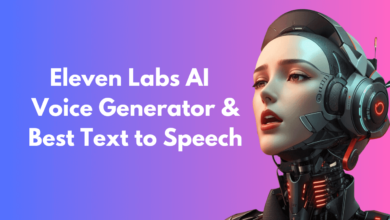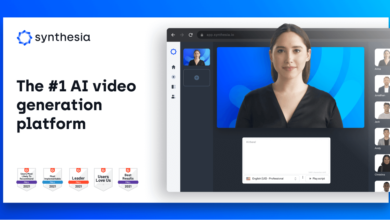
OpenAI, a leading artificial intelligence research laboratory, has unveiled a groundbreaking AI model named Sora that can create realistic and imaginative scenes from text instructions. This innovative technology represents a significant advancement in the field of AI, particularly in video generation.
This innovative technology allows Sora to generate videos up to a minute long while maintaining high visual quality and adhering closely to the user’s prompt. The model is designed to understand and simulate the physical world in motion, enabling it to create complex scenes with multiple characters, specific types of motion, and accurate details of the subject and background
Key Features of Sora by OpenAI:
Sora, a groundbreaking development from OpenAI, is a text-to-video AI model that offers impressive capabilities in video generation. Here are the key features and capabilities of Sora:
Video Generation:
Sora can generate videos up to one minute long from text descriptions, providing high resolution and closely adhering to the user’s prompts. It excels in creating both realistic and imaginative scenes with multiple characters, specific types of movement, and detailed backgrounds
Editing Existing Videos:
Apart from creating videos from scratch, Sora can also edit existing videos by changing scenery, lighting, and style based on new prompts, inserting missing images, or enhancing content from still images
Instruction Following:
Sora exhibits the ability to follow instructions accurately, enabling it to create intricate scenes and detailed narratives in videos.
Visual Prompt Engineering:
Sora leverages natural language understanding through prompt engineering to decode lively and high-quality video narratives based on specific text prompts. This process involves careful selection of words, specificity of the details provided, and comprehension of their impact on the model’s output.
Extended Video Sequences:
Unlike earlier models limited to short video clips, Sora can produce extended video sequences with nuanced depictions of motion, offering a visually consistent journey throughout the video creation process.
Enhancing Creativity:
Sora accelerates the design process by rendering realistic or highly stylized videos based on text descriptions, thereby significantly boosting the creativity of artists, filmmakers, and designers.
.
Educational Innovations:
Educators can leverage Sora to turn class plans from text into captivating videos that enhance students’ learning experiences across various subjects, like scientific simulations or historical dramatizations
Accessibility:
Sora enhances accessibility by providing a platform where users can easily convert text narratives into engaging visual stories, making complex concepts more understandable through visual aids
Safety Measures Related to Sora by OpenAI:
OpenAI is taking important safety steps before making Sora available in its products. The company is working with domain experts to test the model for vulnerabilities related to misinformation, hateful content, and bias.
Additionally, OpenAI is developing tools to detect misleading content and plans to include metadata in the output to identify AI-generated content.
Potential Concerns
While Sora showcases impressive capabilities, it does have limitations. The model may struggle with accurately simulating the physics of complex scenes, understanding cause-and-effect instances, or capturing precise spatial details. These limitations highlight the need for ongoing research and development to enhance the model’s performance
Future Outlook:
OpenAI’s introduction of Sora marks a significant step towards multimodal AI models that combine text, image, and video generation. As the company continues to refine Sora and address safety concerns, it aims to engage policymakers, educators, and artists globally to explore both the positive applications and potential risks associated with this cutting-edge technology.
Limitations of Sora by OpenAI:
Sora has many key features, but it also has some limitations. These limitations are as follows:
Physics Inconsistencies:
Sora exhibits limitations in maintaining realistic physics in the generated videos. Instances where people disappear, transform, or blend into other objects highlight the model’s challenges in accurately simulating physical interactions and movements
Complex Scene Representation:
Sora may be difficult to map out scenes with lone actors and props, but it can create intricate scenes with several characters and distinct motions. This limitation can lead to unrealistic movements or details within the videos, impacting the overall coherence and visual quality
Overreliance on Technology:
Excessive dependence on AI tools like Sora could potentially stifle human creativity and critical thinking skills, raising concerns about the balance between human input and AI assistance in content creation processes
Technical Complexity and Compute Power:
Generating videos with Sora demands significantly more computing power compared to tasks like image generation with DALL-E. The process can be resource-intensive and time-consuming, posing challenges for widespread adoption or affordability as a consumer product
Impact on Traditional Workflows:
The introduction of AI tools like Sora has the potential to disrupt traditional roles in industries such as video production and graphic design, leading to concerns about job displacement as AI takes over tasks traditionally performed by humans
Frequently Asked Questions:
How does Sora compare to other AI models in video generation?
Sora surpasses other AI models in video generation quality, exhibiting a higher level of realism, coherence, and understanding of the physical world in creating dynamic and engaging videos
Is Sora available for public use?
As of the latest updates, Sora is in a testing phase and not yet available to the public. OpenAI is granting access to selected groups for evaluation and feedback before a wider release
How does Sora integrate with educational systems?
Sora integrates with learning management systems and student information systems like Google Classroom, Schoology, and ClassLink, providing single sign-on access with existing school credentials for seamless reading experiences across devices
Does Sora provide access to public library collections?
Yes, only Sora enables students to browse and borrow titles from their local public library’s digital collection through the Public Library CONNECT feature, expanding equitable access to age-appropriate ebooks and audiobooks
What are some alternatives to Sora for AI content creation?
Some alternatives to Sora include Boolvideo and Invideo, which offer AI-powered video generation tools with features like image import, video creation efficiency, customization templates, royalty-free music options, transitions, and more.
Conclusion:
In conclusion, Sora by OpenAI represents a significant leap forward in AI technology, particularly in the realm of video generation. Its impressive capabilities in creating realistic and dynamic videos from text descriptions set it apart from other AI models, showcasing a higher level of quality, coherence, and understanding of the physical world.
While Sora is not yet available for public use and is undergoing testing to ensure safety and ethical considerations, its potential impact on content creation, education, and various industries is undeniable.
As advancements in AI continue to evolve, Sora stands as a testament to the innovative possibilities that AI technology offers, sparking excitement and raising important discussions about responsible use and ethical implications in an increasingly AI-driven world.






